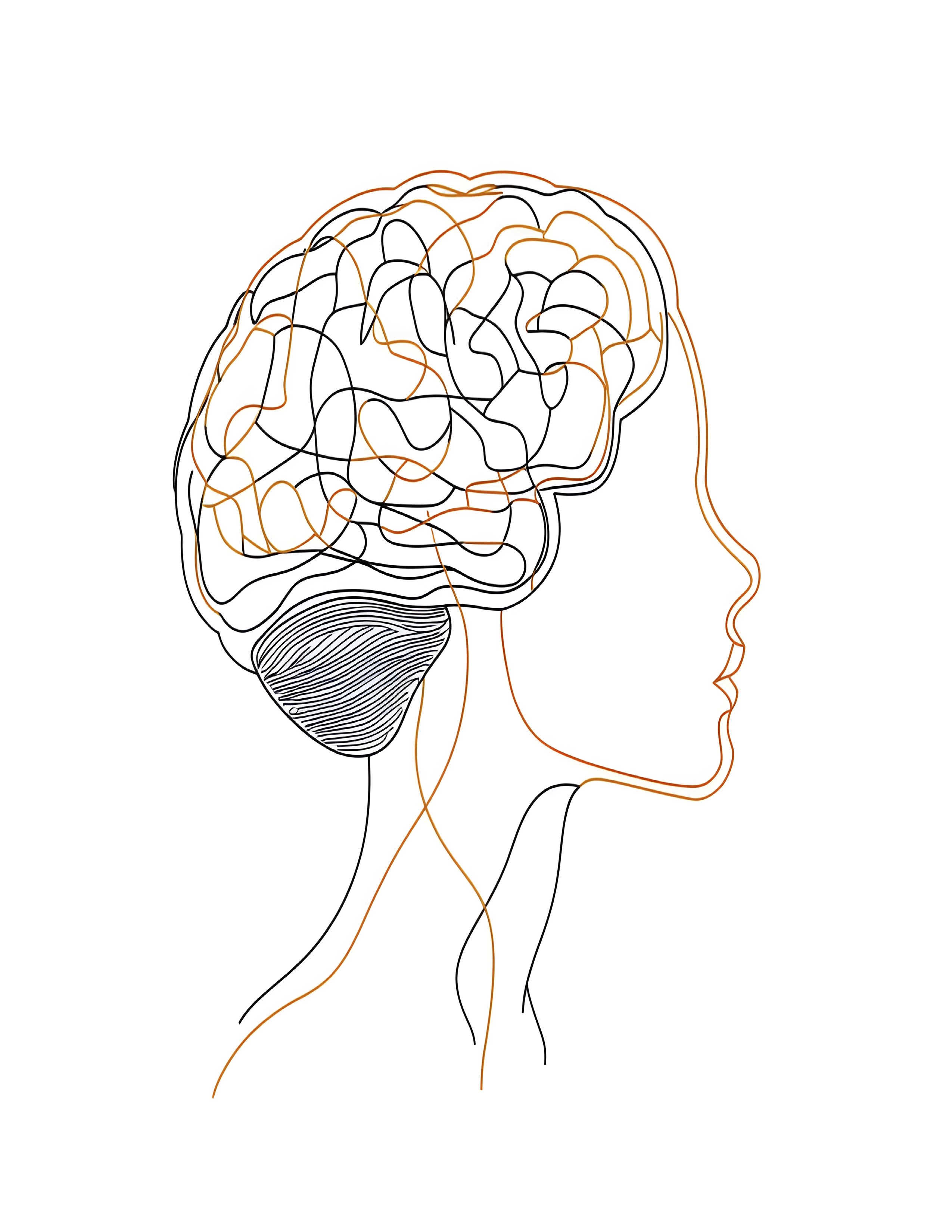Cultural neuroscience and its implications in healthcare - a narrative review
DOI:
https://doi.org/10.33178/SMJ.2025.1.16Keywords:
cultural neuroscience, neuroscience, neurophysiology, neuroanatomy, cultureAbstract
Cultural influences, including language, shared values and social structures, play a critical role in shaping neural organization and brain development. This narrative review from UCC's Neuroscience and Neurology Society aims to explore new findings in the emerging field of cultural neuroscience, focusing on how an individual’s culture and environment influences their neurocognitive processes, and how this understanding can be applied to advance community-based, inclusive research.
References
Qu Y, Jorgensen NA, Telzer EH. A Call for Greater Attention to Culture in the Study of Brain and Development. Perspect Psychol Sci. 2021;16(2):275-293.
Sun YF, Lee JS, Kirby R. Brain imaging findings in dyslexia. Pediatr Neonatol. 2010;51(2):89-96.
Aylward EH, Richards TL, Berninger VW, et al. Instructional treatment associated with changes in brain activation in children with dyslexia. Neurology. 2003;61(2):212-219.
Tang Y, Zhao L, Lou Y, et al. Brain structure differences between Chinese and Caucasian cohorts: A comprehensive morphometry study. Hum Brain Mapp. 2018;39(5):2147-2155.
Park DC, Huang CM. Culture Wires the Brain: A Cognitive Neuroscience Perspective. Perspect Psychol Sci. 2010;5(4):391-400.
Masuda T, Nisbett RE. Culture and change blindness. Cogn Sci. 2006;30(2):381-399.
Kitayama S, Uskul AK. Culture, mind, and the brain: current evidence and future directions. Annu Rev Psychol. 2011;62:419-449.
Kim HS, Sasaki JY. Cultural neuroscience: biology of the mind in cultural contexts. Annu Rev Psychol. 2014;65:487-514.
Mechelli A, Crinion JT, Noppeney U, et al. Neurolinguistics: structural plasticity in the bilingual brain. Nature. 2004;431(7010):757
Wang F, Peng K, Chechlacz M, Humphreys GW, Sui J. The Neural Basis of Independence Versus Interdependence Orientations: A
Voxel-Based Morphometric Analysis of Brain Volume. Psychol Sci. 2017;28(4):519-529.
Huang CM, Doole R, Wu CW, Huang HW, Chao YP. Culture-Related and Individual Differences in Regional Brain Volumes: A Cross-Cultural Voxel-Based Morphometry Study. Front Hum Neurosci. 2019;13:313.
Yu Q, Abe N, King A, Yoon C, Liberzon I, Kitayama S. Cultural variation in the gray matter volume of the prefrontal cortex is moderated by the dopamine D4 receptor gene (DRD4). Cereb Cortex. 2019;29(9):3922-3931.
Chee MW, Zheng H, Goh JO, Park D, Sutton BP. Brain structure in young and old East Asians and Westerners: comparisons of
structural volume and cortical thickness. J Cogn Neurosci. 2011;23(5):1065-1079.
Hisanaga S, Sekiyama K, Igasaki T, Murayama N. Language/Culture Modulates Brain and Gaze Processes in Audiovisual Speech
Perception. Scientific Reports. 2016;6(1):35265.
Green DW, Crinion J, Price CJ. Exploring cross-linguistic vocabulary effects on brain structures using voxel-based morphometry. Biling (Camb Engl). 2007;10(2):189-199.
Telzer EH, Masten CL, Berkman ET, Lieberman MD, Fuligni AJ. Gaining while giving: an fMRI study of the rewards of family assistance among white and Latino youth. Soc Neurosci. 2010;5(5-6):508-518.
Ferjan Ramírez N, Ramírez RR, Clarke M, Taulu S, Kuhl PK. Speech discrimination in 11-month-old bilingual and monolingual infants: a magnetoencephalography study. Developmental science. 2017;20(1):e12427.

Downloads
Published
License
Copyright (c) 2025 Shobha Mehta, Muskan Sait, Marissa Singh, Akshita Malhotra, Noor Al-Shamaa, Aqsa Shoaib, Colin Ransom, Gabriel Orhadje, Aine Watson, Aoife Hartnett, Katherine Rasper

This work is licensed under a Creative Commons Attribution-NonCommercial 4.0 International License.









